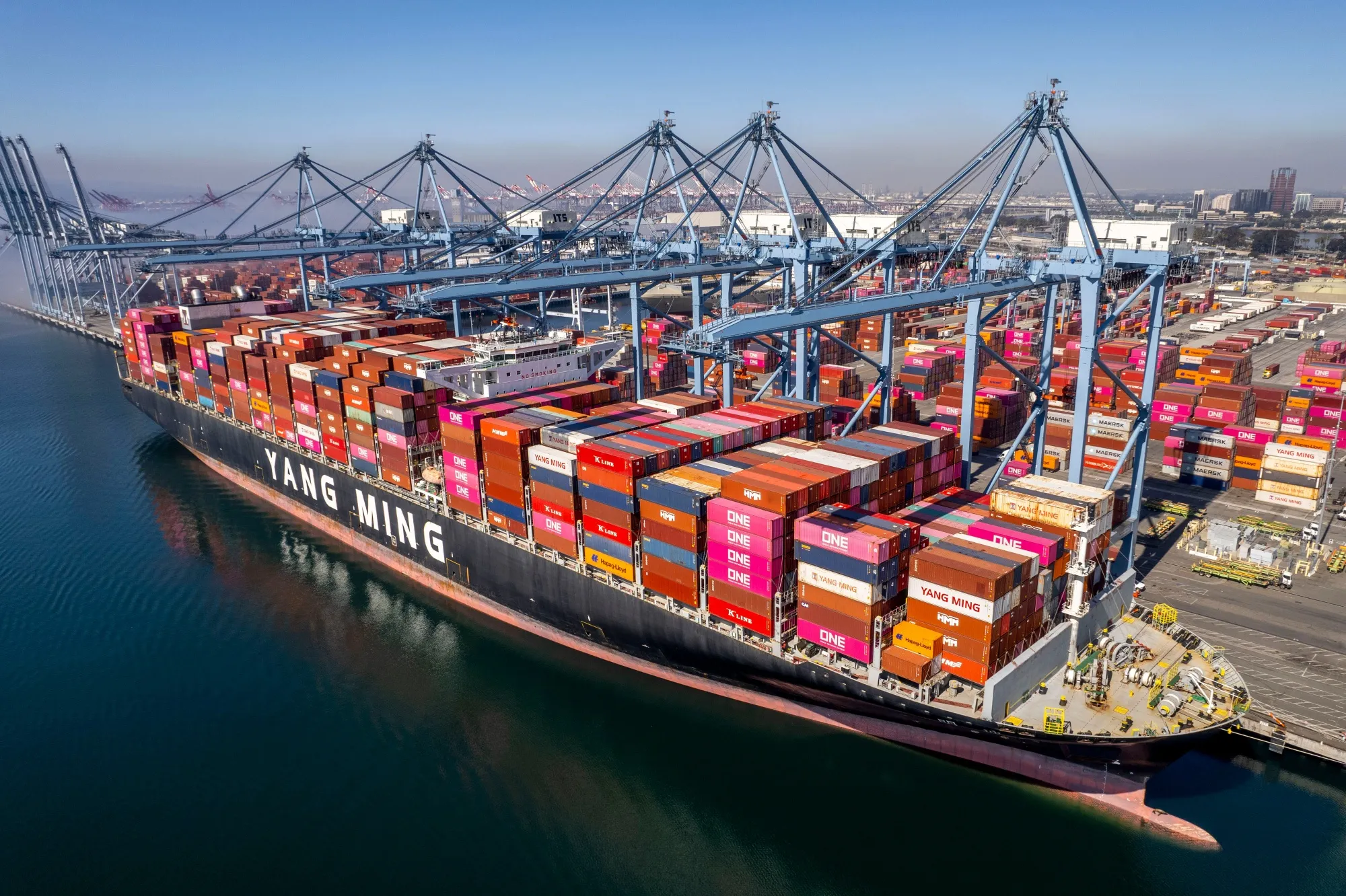Last week, the United States Administration under President Donald Trump announced global tariff increases, impacting countries from a minimum of 10% for most states to 50% for what the administration deemed as the “worst offenders”.
Lesotho, Cambodia, Laos, Madagascar, and Vietnam were hit with new US tariffs of 50%, 49%, 48%, 47% and 46% respectively, whereas China was hit with a duty of 34%. China responded with an equal 34% tariff rate on US products, after which Trump threatened China with an extra 50% tariff on goods imported into the US if it doesn’t withdraw its counter-tariff.
Amid global disarray and concerns of a looming global trade war, Trump’s escalations show no nearby signs of abatement. China’s Ministry of Commerce stated that “[if] the the US insists on going its own way, China will fight it to the end”.
Global Stock Markets Drop
Stock markets around the world were significantly impacted by Trump’s decision, with the major US stock indexes witnessing notable drops. The Standard and Poor’s 500 (otherwise known as the S&P 500) – a stock market index tracking the stock performance of 500 leading companies listed on stock exchanges in the United States – suffered a drop of 11% in the two days of trading ended Friday according to CNBC news.
Some Asian markets, on the other hand, saw a higher opening on Tuesday, such as Japan’s benchmark Nikkei 225, Hong Kong’s Hang Seng, South Korea’s Kospi, and Australia’s ASX 200, while stocks in Indonesia, Taiwan, and Vietnam opened lower as per Al Jazeera.
Some analysts suggest that the US administration’s decisions might have long-term impacts on global trade and stock markets around the globe, reaching beyond short-term shocks. In a speech before journalists in Virginia, US, Federal Reserve Chair Jerome Powell expected that Trump’s tariffs will raise inflation and lower growth, while fearing that some effects “could be more permanent”.
Other analysis, however, suggests that Trump is bound to eventually put an end to the administration’s aggressive brinkmanship due to the risk of losing major global allies.
The Case of Lebanon
Lebanon, similar to most countries facing new tariffs from the US, was hit with a 10% duty imposed on exports to the US. It remains unclear whether Lebanese exports will now be hit with a flat 10% or whether the 10% would be added on top of the already existing tariffs ranging from 0% to 10% on Lebanese exports, according to LBCI.
In 2024, Lebanese exports to the US totaled around $153 million and included fertilizers, jewellery and food and beverages. The Observatory of Economic Complexity (OEC) reported that the main Lebanese exports to the US in January 2025 were pure olive oil ($1.76M), jewellery ($1.58M), and other processed fruits and nuts ($1.27M).
The President of the Lebanese Importers’ Union, Hani Bohsali, said that prices of imported food products in Lebanon are not likely to be impacted in the short term. He added that prices usually rise due to an increase in customs duties in Lebanon, a significant rise in global inflation rates, a significant rise in the exchange rate of the currencies of countries that constitute a primary source of our imports (such as the European Union), or a rise in the prices of agricultural products (which took place after the Russian-Ukrainian war).
In the region, Syria was hit with a 41% duty imposed amid vagueness surrounding the US administration’s approach towards the new Syrian authorities and an obscure fate for US sanctions on the country, while Jordan was hit with a 20% duty. In addition, even close US ally Israel was hit with a 17% duty.


